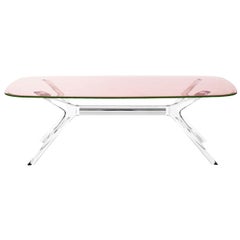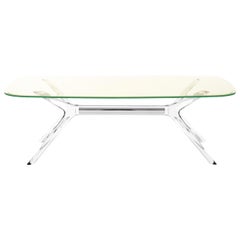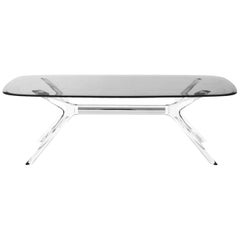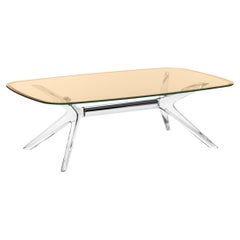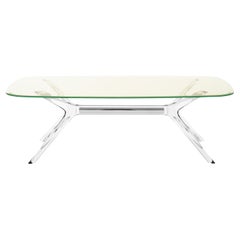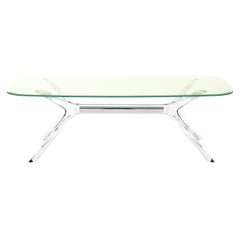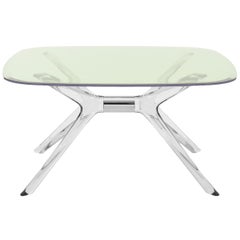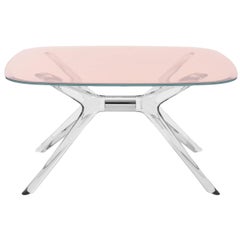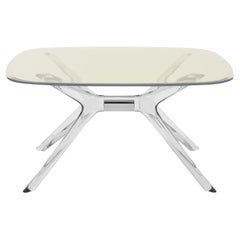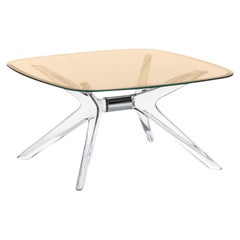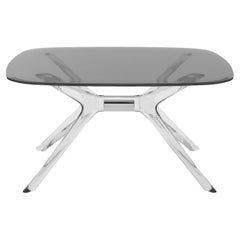Kartell Blast
21st Century and Contemporary Italian Modern Coffee and Cocktail Tables
Plastic
21st Century and Contemporary Italian Modern Coffee and Cocktail Tables
Glass
21st Century and Contemporary Italian Modern Coffee and Cocktail Tables
Glass
21st Century and Contemporary Italian Modern Coffee and Cocktail Tables
Glass
21st Century and Contemporary Italian Modern Coffee and Cocktail Tables
Glass
21st Century and Contemporary Italian Modern Coffee and Cocktail Tables
Glass
21st Century and Contemporary Italian Modern Coffee and Cocktail Tables
Glass
21st Century and Contemporary Italian Modern Coffee and Cocktail Tables
Glass
21st Century and Contemporary Italian Modern Coffee and Cocktail Tables
Glass
21st Century and Contemporary Italian Modern Coffee and Cocktail Tables
Glass
21st Century and Contemporary Italian Modern Coffee and Cocktail Tables
Glass
People Also Browsed
21st Century and Contemporary Italian Modern Sideboards
Steel
21st Century and Contemporary Brazilian Modern Dining Room Chairs
Wood
21st Century and Contemporary Portuguese Art Deco Chandeliers and Pendants
Brass
21st Century and Contemporary Italian Modern Coffee and Cocktail Tables
Blown Glass
21st Century and Contemporary Portuguese Modern Center Tables
Wood
Late 20th Century French Post-Modern Dining Room Tables
Glass, Blown Glass, Murano Glass
21st Century and Contemporary Italian Modern Coffee and Cocktail Tables
Blown Glass
21st Century and Contemporary Italian Modern Shelves
Glass
21st Century and Contemporary Italian Modern Coffee and Cocktail Tables
Glass
Kartell Blast For Sale on 1stDibs
How Much is a Kartell Blast?
A Close Look at Modern Furniture
The late 19th and early 20th centuries saw sweeping social change and major scientific advances — both of which contributed to a new aesthetic: modernism. Rejecting the rigidity of Victorian artistic conventions, modernists sought a new means of expression. References to the natural world and ornate classical embellishments gave way to the sleek simplicity of the Machine Age. Architect Philip Johnson characterized the hallmarks of modernism as “machine-like simplicity, smoothness or surface [and] avoidance of ornament.”
Early practitioners of modernist design include the De Stijl (“The Style”) group, founded in the Netherlands in 1917, and the Bauhaus School, founded two years later in Germany.
Followers of both groups produced sleek, spare designs — many of which became icons of daily life in the 20th century. The modernists rejected both natural and historical references and relied primarily on industrial materials such as metal, glass, plywood, and, later, plastics. While Bauhaus principals Marcel Breuer and Ludwig Mies van der Rohe created furniture from mass-produced, chrome-plated steel, American visionaries like Charles and Ray Eames worked in materials as novel as molded plywood and fiberglass. Today, Breuer’s Wassily chair, Mies van der Rohe’s Barcelona chair — crafted with his romantic partner, designer Lilly Reich — and the Eames lounge chair are emblems of progressive design and vintage originals are prized cornerstones of collections.
It’s difficult to overstate the influence that modernism continues to wield over designers and architects — and equally difficult to overstate how revolutionary it was when it first appeared a century ago. But because modernist furniture designs are so simple, they can blend in seamlessly with just about any type of décor. Don’t overlook them.
